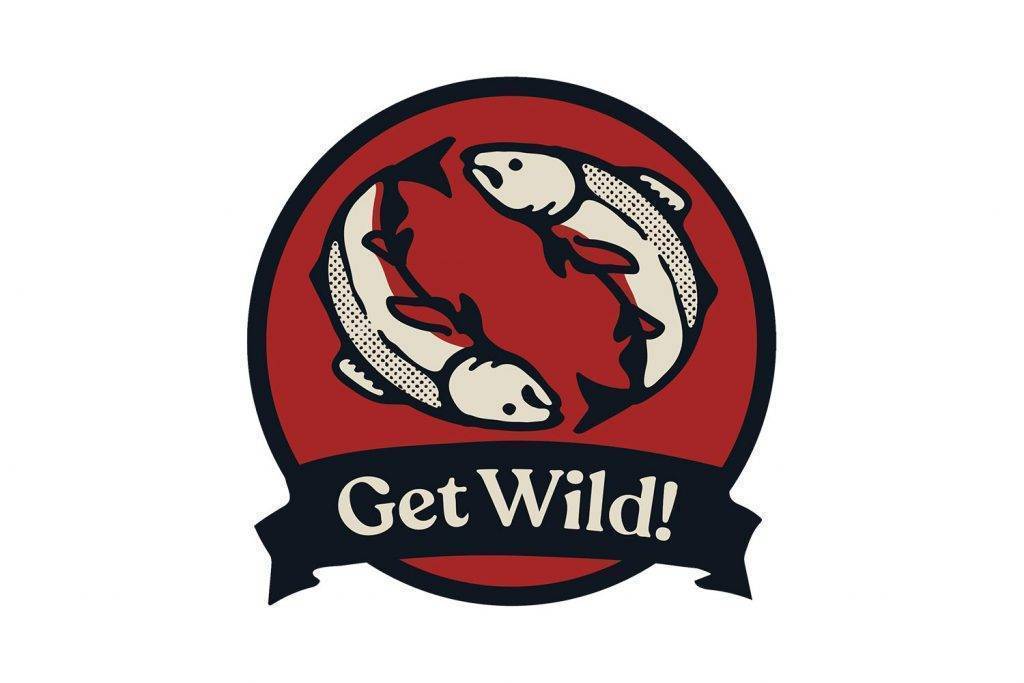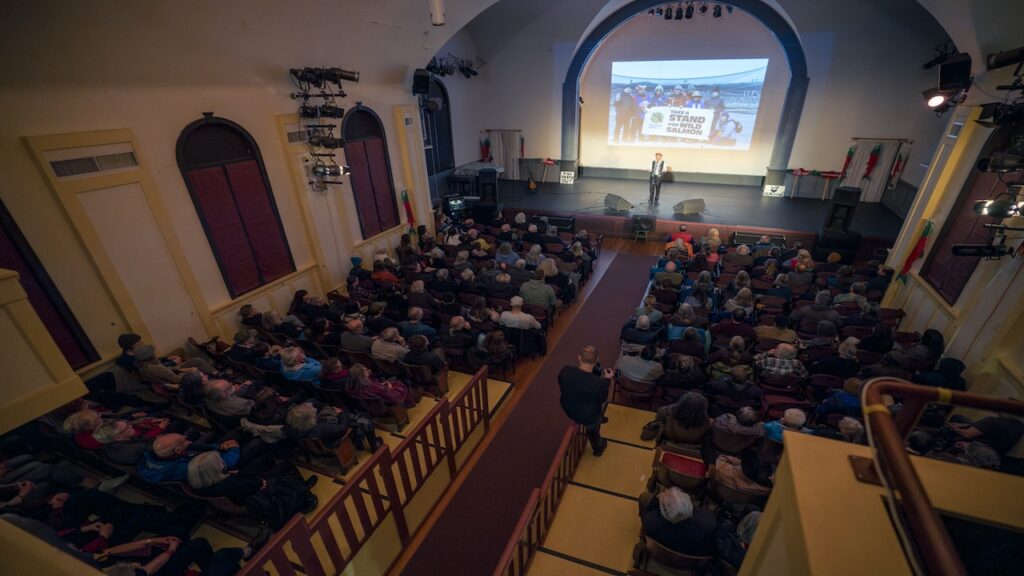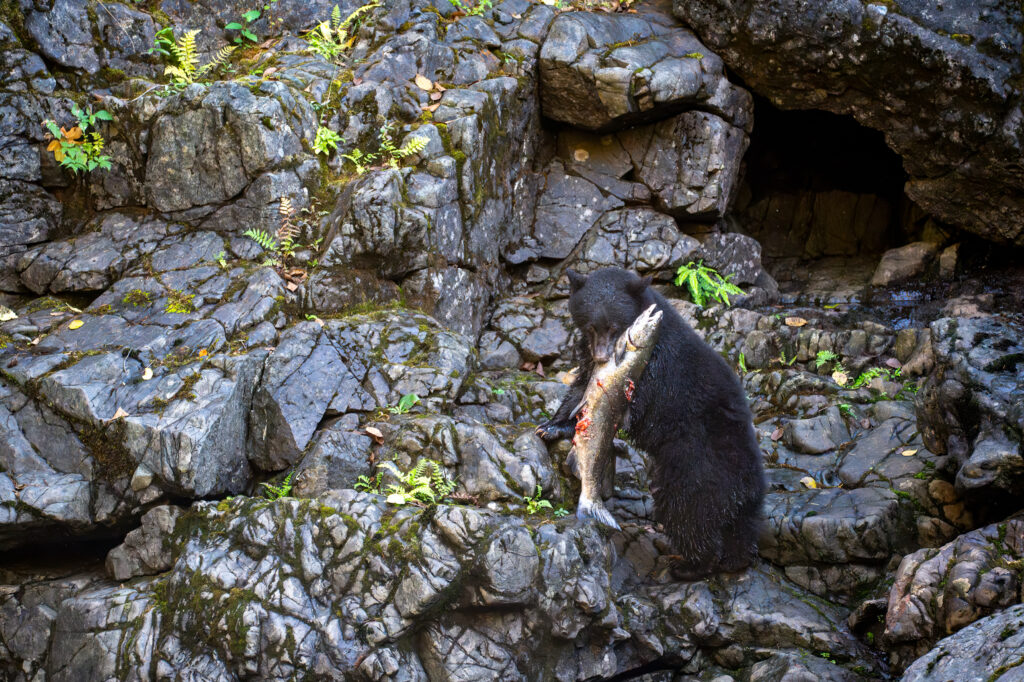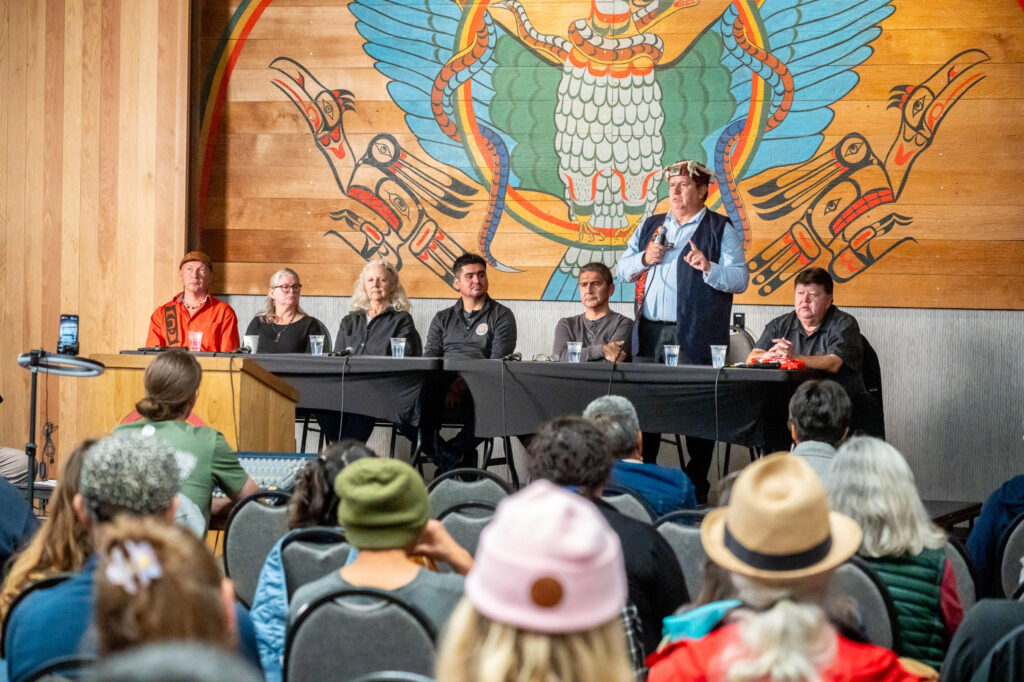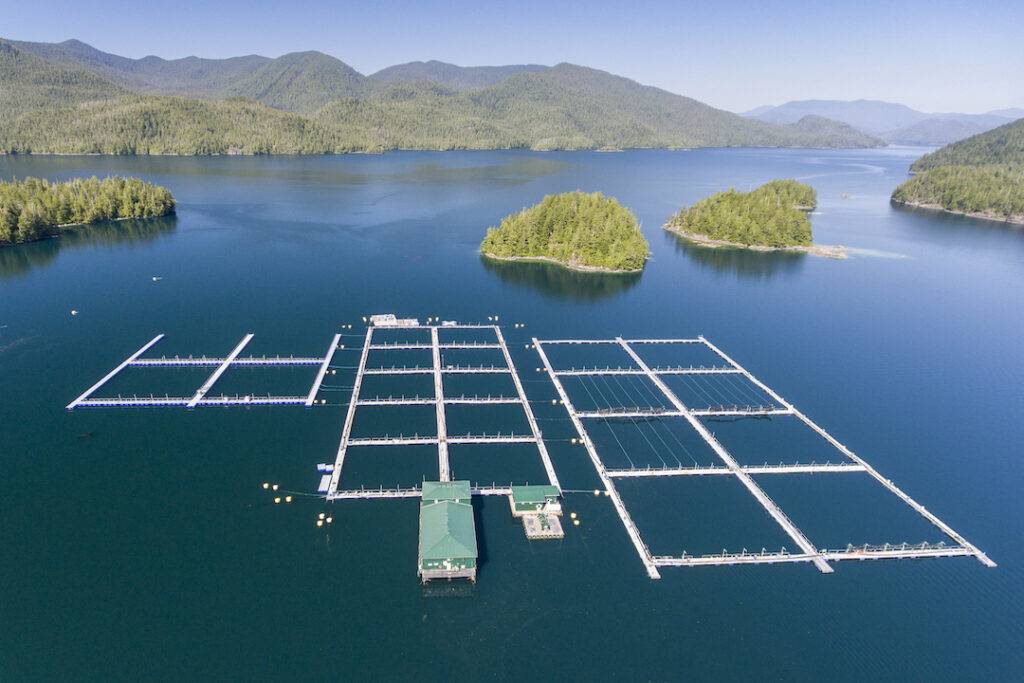A small ad appeared in Tofino’s newspaper about a week ago. It stated that Norwegian-based salmon farming giant Cermaq was applying to the BC Ministry of Environment for a permit to use Interox® Paramove® 50 to combat sea lice. A bit of searching on Cermaq’s website revealed their application is to deposit 2.3 million litres of pesticide—enough to fill an Olympic-sized swimming pool—into the pristine waters of the Clayoquot Sound UNESCO Biosphere Reserve over a three-year period.
The active ingredient of Paramove® 50 is hydrogen peroxide, touted as being harmless—the stuff your mom used on cuts, right? Turns out that no—moms don’t do that any more because hydrogen peroxide is “now thought to slow healing and lead to scarring because it destroys newly formed skin cells”.
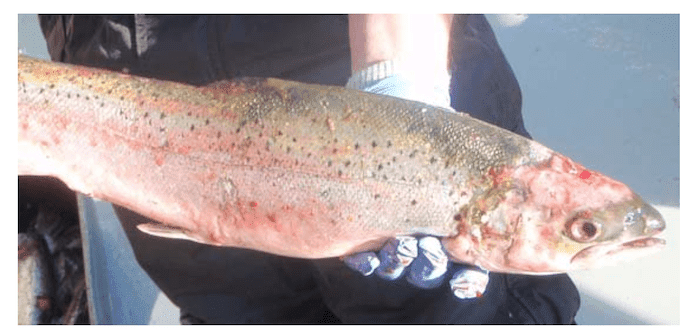 Sea lice resistance plagues industry globally
Sea lice resistance plagues industry globally
Cermaq claims they need to use this chemical as an option to control sea lice. Sea lice outbreaks plague the salmon farming industry worldwide, and are known to impact wild salmon, with out-migrating wild smolts being particularly vulnerable to sea lice infestation. Sea lice may be a vector for transmitting disease from farmed fish to wild fish.
As with all other chemical treatments, resistance towards hydrogen peroxide is becoming a problem for salmon lice control. Friede Andersen, a section chief at the Norwegian Food Safety Authority stated that “widespread use of drugs is no future plan”.
It seems that “hydrogen peroxide may affect the ultrastructure of the skin…(and) the composition of the mucous layer, making it easier for sea lice reattachment. Damage to the dermis from this treatment may also release…chemo-attractants causing sea lice to be overly “attracted” to these fish”. The chemical is known to harm farmed fish and has caused mass die-offs, raising concerns over animal welfare.

Cermaq’s pesticide use application indicates they would seine their farmed fish and place them in a tarped-off area or in a well boat. The fish would be immersed in the chemical bath for 30 minutes and returned to their net pen. The pesticide would then be diluted and released into the environment.
A ticking viral bomb?
This treatment is stressful to the farmed salmon, and weakens their immune system. It can take up to two weeks for the fish to recover, during which period they are susceptible to disease outbreaks.
Many BC farmed salmon carry the Norwegian Piscine reovirus (PRV). But when a fish is stressed, PRV causes Heart skeletal muscle inflammation (HSMI). A diseased farm can shed up to 65 billion viral particles per hour, which are spread far and wide by ocean currents. Because fish breath water directly through their gills, disease transfer from farmed to wild fish is dead easy.
Using Paramove® 50 to combat sea lice could lead to an increased spread of disease from farmed to wild salmon.
Peroxide persists and harms organisms
Proponents claim that hydrogen peroxide quickly breaks down into water and air, causing no harm to the marine environment. However, pesticides are designed to optimise delivery, and “may include solvents, surfactants, and stabilizers. The ingredients in the formulation will affect how the active compound behaves in the environment…Rapid degradation will occur…however… hydrogen peroxide can be an extremely persistent substance in the environment.”
Hydrogen peroxide is known to harm other marine organisms. For example, a University of Bergen study showed that hydrogen peroxide in small doses causes shrimp to die. In the same article, Bjorn Olav Kvamme, head of fish health group at the (Norwegian) Institute of Marine Research stated that while hydrogen peroxide does break down “we thought that it happens faster than it actually does…the substance can spread faster by currents than we thought previously…(and) will probably primarily (affect) surface organisms and those living along the shoreline”. Wild salmon, herring, and prawn and crab larvae all rear in shallow inshore waters.
Paramove® 50 doesn’t actually kill sea lice; it stuns them. They then get knocked off as farmed salmon bump into each other in crowded net pens. The mechanism by which this pesticide effects sea lice is not clearly understood—how then can anyone guarantee it won’t harm other organisms living in the environment?
Permit must be denied
Cermaq states on their website they have “no immediate plans to use this treatment…but has applied to have the option of using it…”. The Clayoquot Sound UNESCO Biosphere Region is meant to demonstrate a working balance between conservation and sustainable development. Clearly chemical treatments of sea lice are not sustainable, and harm conservation values. The only long-term solution to the industry’s sea lice crisis is to remove open-net pen salmon farms from the ocean.
In the meantime, BC Environment Minister George Heyman must to do the right thing by denying Cermaq’s permit to dump pesticides into the pristine waters of Clayoquot Sound UNESCO Biosphere Reserve.
Clayoquot Action has partnered with SumOfUs to fight Cermaq’s application. Please add your voice—sign the online petition here: https://actions.sumofus.org/a/minister-heyman-say-no-to-cermaq-s-pesticide-permit?source=campaigns.
Dan Lewis is Executive Director of Clayoquot Action. Photo of farmed Atlantic salmon after treatment with hydrogen peroxide from DFO.


